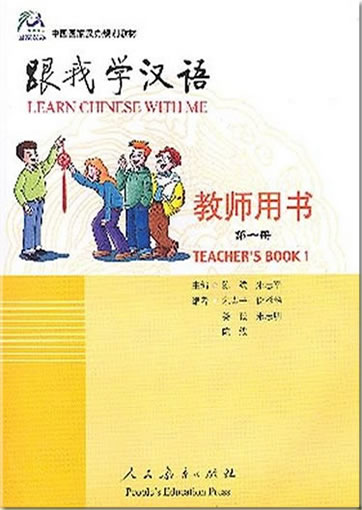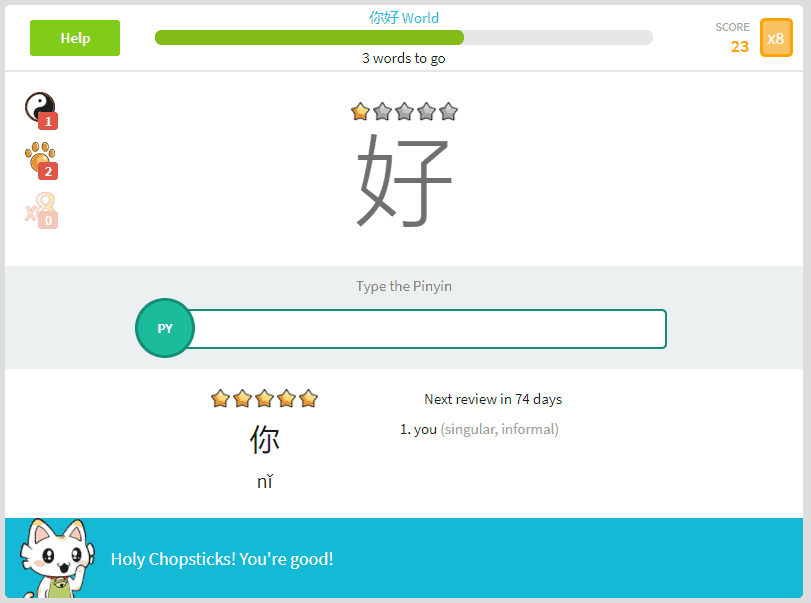

In Lesson 5, you learned how to conjugate using one method. Lesson 6: In this lesson, you will add to what you learned in Lesson 5. In addition, you will apply your knowledge of conjugating to 있다 and 있다 – two words that look the same, but have slightly different meanings.Īlso available in Español, Français, Русский, Português, Nederlands, Deutsch, Ελληνικά, 中文, български, Italiano, Magyar, العربية and עִבְרִית There is a lot of content in this lesson, but don’t get too worried! The knowledge that you get from this lesson will literally be the first major building block you will need to start conjugating verbs and adjectives into the past, present and future forms. Lesson 5: This lesson will most likely be the hardest step you will have to take when learning Korean. Also, I included some common greeting words, even though I feel you should put off learning them for just a few more lessons!Īlso available in Español, Русский, Français, 中文, Português, Nederlands, Deutsch, Ελληνικά, български, Italiano, Magyar, العربية and עִבְרִית Using this, you will be able to create more complex sentences! In addition to this, you will learn the meaning of the Korean particle ‘도’ and when to use it. Lesson 4: In this lesson, you will learn how to change adjectives from their dictionary form to be able to modify nouns. Finally, we will take an initial look at the differences between 좋다 (to be good) and 좋아하다 (to like).Īlso available in Español, Русский, Français, 中文, Português, Nederlands, Deutsch, Ελληνικά, български, Italiano, Magyar, Suomi, العربية and עִבְרִית

In addition to that, you will learn how to say “my” thing, or “his” thing by using the possessive particle, 의. Lesson 3: In this lesson, you will learn how to make sentences using adjectives and verbs! We will start off with very simple sentences in this lesson, but later you will be making sentences complex enough to make your head explode. In addition to those, you will learn how to use the word 있다 to make sentences like “I am at school” and “I have a pen.”Īlso available in Español, Русский, 中文, Português, Français, Nederlands, Deutsch, Ελληνικά, български, Italiano, Magyar, Suomi, العربية and עִבְרִית Lesson 2: In this lesson, you will learn two more particles (이/가) to use in Korean sentences. Using 이다, you will learn how to create sentences like “that man is a teacher” and “this thing is a pen.” In addition, some essential grammar notes will be presented to get you started correctly in your path to learn Korean!Īlso available in Español, Русский, Français, 中文, Deutsch, Português, Nederlands, Ελληνικά. Lesson 1: In this lesson, you will learn the basic structure in Korean sentences and how to create sentences using the word 이다 (to be).


 0 kommentar(er)
0 kommentar(er)
